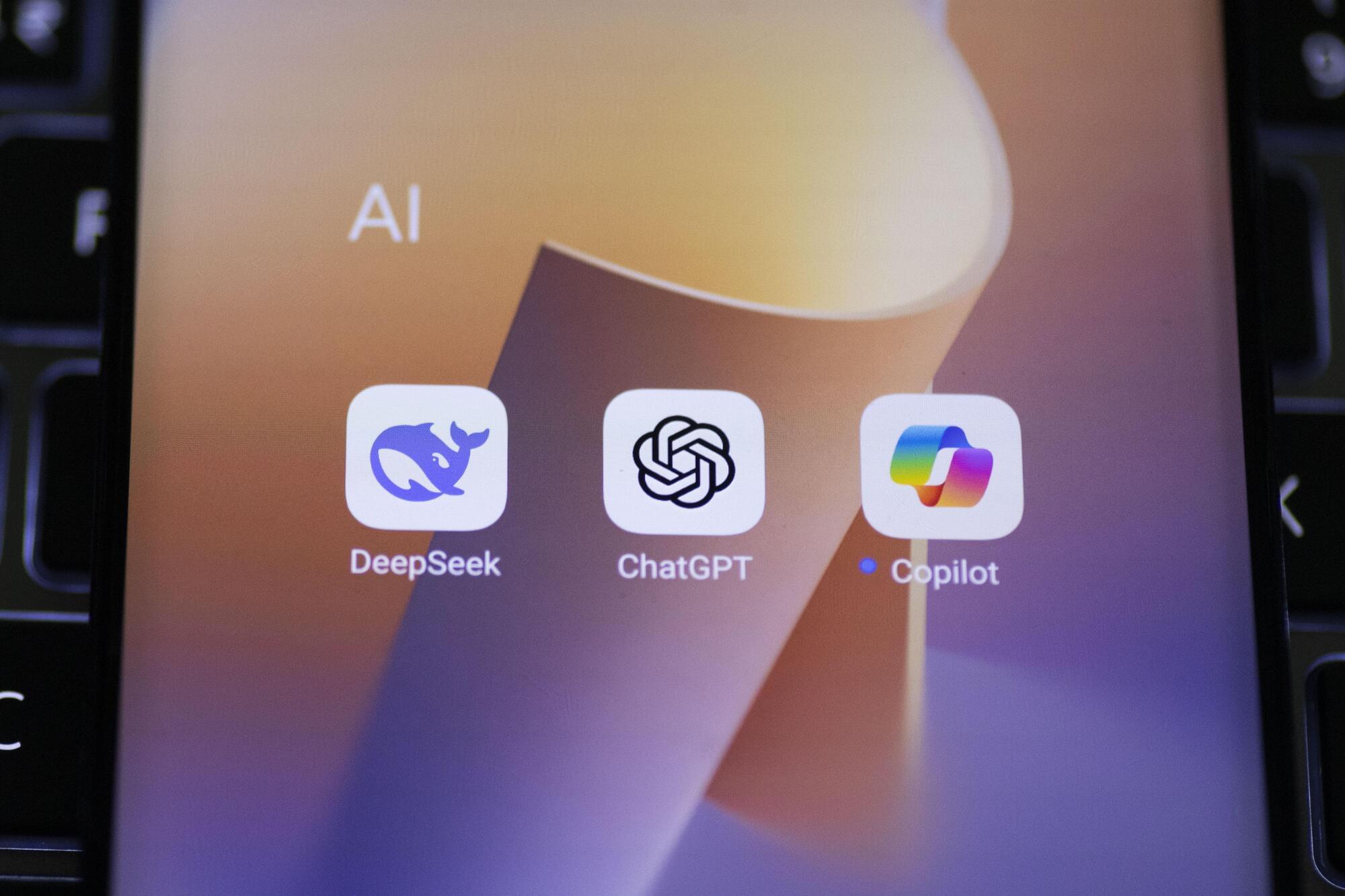Security Operations Centers (SOC) today are overwhelmed. Analysts handle thousands of alerts every day, spending much time chasing false positives and adjusting detection rules reactively. SOCs often lack the environmental context and relevant threat intelligence needed to quickly verify which alerts are truly malicious. As a result, analysts spend excessive time manually triaging alerts, the majority of which are classified as benign.
Addressing the root cause of these blind spots and alert fatigue isn’t as simple as implementing more accurate tools. Many of these traditional tools are very accurate, but their fatal flaw is a lack of context and a narrow focus — missing the forest for the trees. Meanwhile, sophisticated attackers exploit exposures invisible to traditional reactive tools, often evading detection using widely-available bypass kits.
While all of these tools are effective in their own right, they often fail because of the reality that attackers don’t employ just one attack technique, exploit just one type of exposure or weaponize a single CVE when breaching an environment. Instead, attackers chain together multiple exposures, utilizing known CVEs where helpful, and employing evasion techniques to move laterally across an environment and accomplish their desired goals. Individually, traditional security tools may detect one or more of these exposures or IoCs, but without the context derived from a deeply integrated continuous exposure management program, it can be nearly impossible for security teams to effectively correlate otherwise seemingly disconnected signals.









